版权声明
Powered by: www.300.cn 闽ICP备2023011374号-1
FUJIAN JIANYUAN WPC SCIENCE & TECHNOLOGY CO., LTD.
ADD:NO.181 NANFU ROAD,LUOYUAN INDUSTRIAL ZONE,YANPING DISTRICT,NANPING CITY,FUJIAN PROVINCE, CHINA ZIP CODE: 353000
Manager of the Foreign Trade Department:
Davidzhang
Tel:(0)13905093143
TEL:86-599-8607399
E-mail:Davidzhang98@vip.163.com
www.jianyuanmusu.com
Jianyuan WeChat
资讯详情
The rise of wood-plastic is the inevitable technology, not the commercial accident.
Wood plastic
Wood-Plastic Composites (WPC) is a new type of composite material that has been booming in recent years. It refers to the use of polyethylene, polypropylene and polyvinyl chloride instead of the usual resin adhesives. The above plant fibers are mixed into new wood materials, and then subjected to extrusion, molding, injection molding and other plastic processing processes to produce sheets or profiles. Mainly used in building materials, furniture, logistics and packaging industries. A hot-extruded sheet of plastic and wood powder mixed in a certain ratio is called an extruded wood-plastic composite sheet.
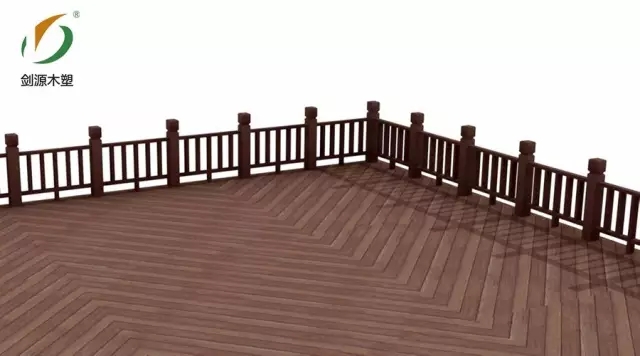
First, the wood-plastic composite material is made of PP/PE/PVC/PS/ABS general-purpose resin as the base material, wood powder, bamboo powder supplemented with corresponding additives, and extruded, injection-molded, molded and other forming processes to produce profiles, plates and sheets. The products used in decoration, garden landscape, and packaging to replace wood are called wood-plastic composite materials.
Second, why should we vigorously develop wood-plastic composite materials?
1. Circular economy: Wood-plastic materials can be recycled, that is, they can be crushed and then used after being used for many years, in line with the national circular economy policy.
3, energy saving: the use of wood plastic materials instead of wood, plastics, steel, can reduce energy consumption and achieve energy-saving effects. The wood-plastic material itself is insulated and applied to the building, which can significantly save energy. Meet the national energy conservation requirements.
Third, the molding process and equipment formula of wood-plastic products The molding methods of wood-plastic composite materials mainly include compression molding, extrusion molding, injection molding, and the like. Among them, the extrusion molding has large output, continuous production and high efficiency, and is suitable for the production of various profiles and plates. Therefore, it is favored by many companies.
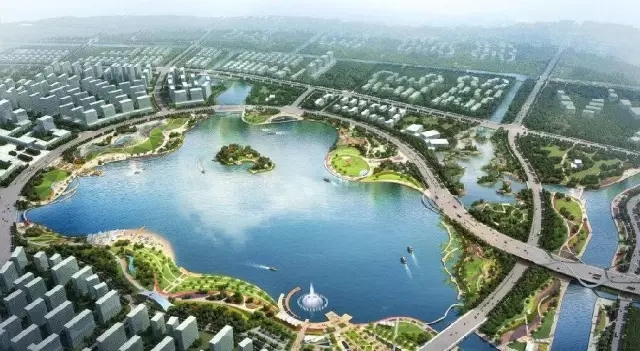
In recent years, with the continuous advancement of China's new urbanization construction, protecting the environment, promoting the healthy and high-speed development of the landscaping industry, and adhering to the path of intensive, energy-saving and ecological sustainable development has become a major and urgent task.
In order to meet the needs of new urbanization construction, green and new composite materials are gradually replacing the original non-recyclable materials. Because of the various characteristics of wood-plastic, its application is extensive, and the importance of green wood-plastic wood in market applications is becoming increasingly apparent.
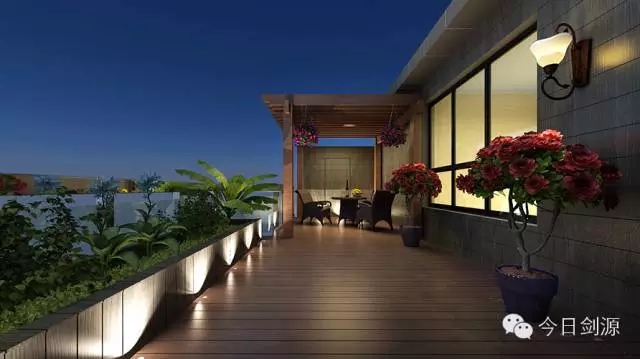

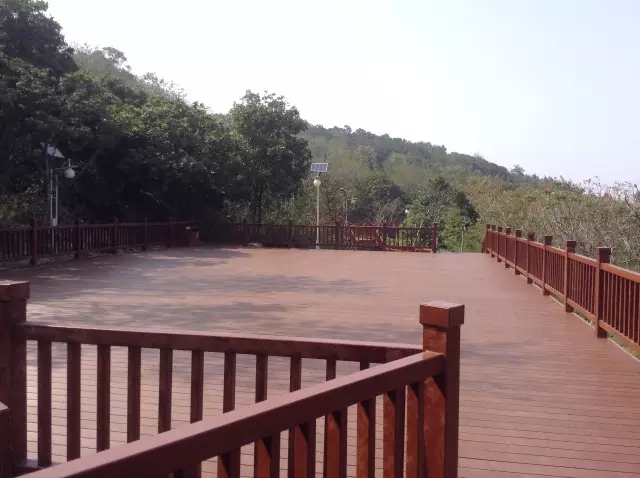
For outdoor plank roads
Wood plastic can be used for landscape revetment in wet and multi-water environments due to its advantages of waterproof, moisture-proof, anti-corrosion, anti-mite, insect-proof, non-deformable and easy to maintain. Wood-plastic composites do not require routine maintenance, have a longer service life than ordinary wood, and satisfy the people's pursuit of nature with the visual effects of their simulated logs.
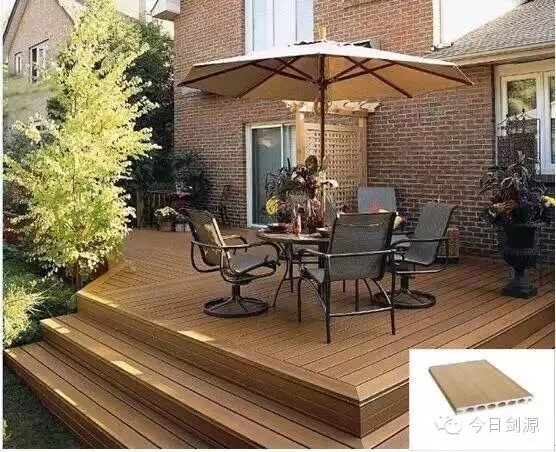
For garden landscape floors
In the outdoor platforms such as garden landscapes and villas, the wood-plastic flooring not only shows the affinity of natural wood, but also its rich colors can be coordinated with the landscape plants to meet the landscape designer's pursuit of innovation and beauty.
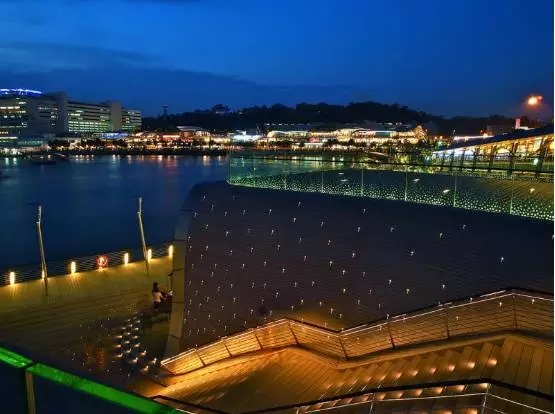
For hydrophilic platforms
Wood-plastic composite materials in the park, lakes, wetlands and other water-based attractions, combined with landscape pontoons, water trails, viewing corridors and other design, more ecological display of the natural attributes of the hydrophilic platform.

For park leisure benches
With its unique visual effects and ever-changing design, the wood-plastic leisure bench has gradually become a beautiful landscape in the urban garden landscape. In addition to bringing convenience to people, it also meets the needs of new urbanization construction with low carbon and environmental protection.
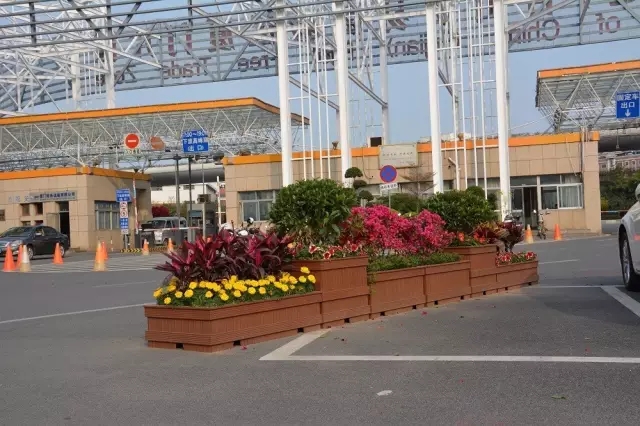
For flower stands, tree pools
In the construction of modern garden landscapes, wood-plastic flower stands and tree ponds can better show the effect of the original ecological natural landscape. Wood-plastics can be decorated with gardens with its rich colors, which makes people pleasing to the eye.

Wood plastic relies on its own powerful features: high material density, high strength, long service life, sun protection, anti-corrosion, and no deformation. The older the more, the more popular the group is. Such a black horse rises. It is the inevitable phenomenon that technology has changed, and this inevitable phenomenon has made our environment better and better. It is the accidental success of commercial operation that cannot be brought about!


